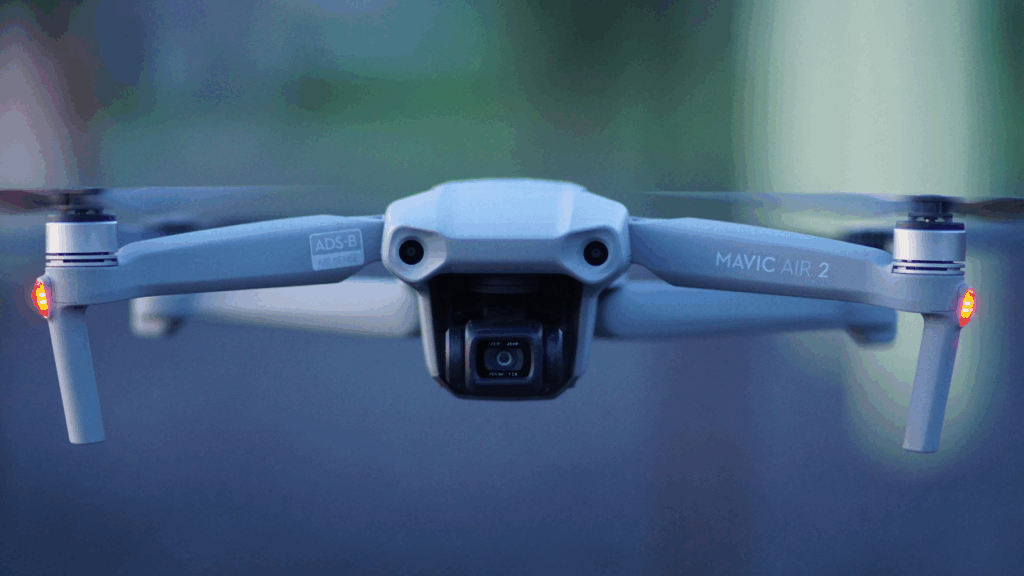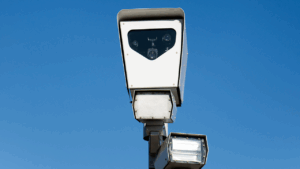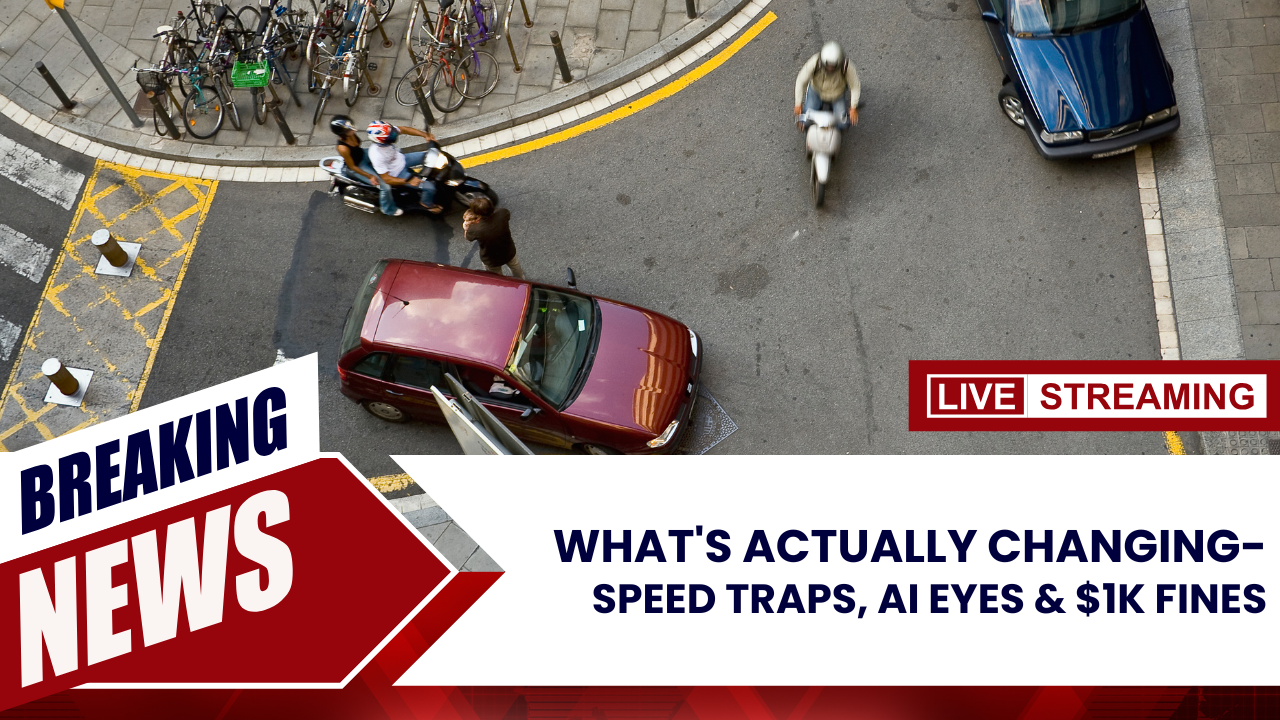Buckle up, fellow Aussie drivers! July 1, 2025, marks the biggest shake-up in Australian road rules we’ve seen in years. Whether you’re cruising the streets of Melbourne or hitting the highways of Western Australia, these changes are about to hit every single driver across the nation.
Bottom line: Fines are getting steeper, technology is getting smarter, and authorities are getting serious about road safety. Let’s break down everything you need to know to keep your license clean and your wallet happy.
The Big Picture : What’s Actually Changing
: What’s Actually Changing
The federal and state governments aren’t messing around this time. We’re talking about a complete overhaul of how Australia enforces road safety, with AI-powered detection cameras capable of identifying drivers holding or touching their phones even at red lights being activated or expanded nationwide.
This isn’t just about catching phone users anymore. These new systems can simultaneously detect speeding, seatbelt violations, and distracted driving in real-time. Think of it as having a super-powered traffic cop that never blinks, never takes breaks, and processes thousands of vehicles every hour.
Mobile Phone Laws: The Zero-Tolerance Reality
Here’s where things get expensive fast. Penalties vary by state, but can exceed $1,000 and five demerit points for mobile phone violations. But here’s the kicker that’s catching drivers off guard: you can’t even rest your phone on your lap while driving.
The Road Rules Amendment Regulations have broadened the definition of ‘use’ to circumstances where a mobile phone is being held, including in the driver’s lap. This means even if you’re not actively using your phone, just having it touch your body while driving can result in a hefty fine.
State-by-State Mobile Phone Penalties
New South Wales: Up to $1,000 fine plus 5 demerit points
Victoria: $658 fine (including Victims of Crime levy) plus 4 demerit points
Queensland: $600+ fine with 3.5% increase in penalties from July 1
Western Australia: Up to $700 fine plus 5 demerit points
South Australia: $658 fine including additional levies
AI Camera Revolution: Big Brother is Watching
The technology rollout is frankly impressive and slightly terrifying. Authorities are installing hundreds of new high-resolution surveillance cameras, equipped with AI-based detection algorithms capable of identifying multiple offenses simultaneously.
These aren’t your grandfather’s speed cameras. The new AI systems can detect whether you’re wearing a seatbelt, using your phone, speeding, and even identify if you’re driving erratically—all at the same time. Some cameras are mobile, mounted on patrol vehicles and drones to monitor school zones and construction areas.
How the AI Detection Actually Works
The cameras use advanced machine learning to analyze driver behavior in milliseconds. They can spot a phone screen’s glow, detect hand movements toward devices, and even identify if passengers aren’t wearing seatbelts. The accuracy rate is reportedly over 95%, making it nearly impossible to argue against these automated fines.

State-Specific Changes You Can’t Ignore
Victoria: Emergency Vehicle Safety Gets Serious
From July 1, Victoria will expand Road Rule 79A, requiring drivers to slow to 40 km/h when passing roadside assistance vehicles, including tow trucks, breakdown support and incident response units. The penalty? $961 fine but thankfully no demerit points.
This change comes after several incidents involving roadside workers. The rule now covers any vehicle with flashing lights where workers are visible, not just emergency services.
New South Wales: Average Speed Cameras Go Live
Here’s a game-changer for NSW drivers. NSW becomes the first state to apply average speed cameras to light vehicles — including cars and motorbikes. These cameras calculate your average speed between two points on the Hume and Pacific Highways.
Unlike traditional speed cameras that catch you at one moment, average speed cameras monitor your entire journey between checkpoints. You can’t just slow down when you see a camera – your entire trip is being calculated.
Queensland: The 3.5% Fine Increase
Queensland is introducing a 3.5 per cent increase to fines across a range of offences, including speeding, seatbelt violations and mobile phone use. While it might sound small, this adds up quickly when you’re looking at fines that already exceed $500.
The state is also reducing speed limits from 50 to 40 km/h in tourist areas like the Hervey Bay Esplanade and various urban neighborhoods.
Western Australia: The Biggest Changes
WA is pulling no punches. Fines for traffic offences will increase significantly, including up to $700 and five demerit points for mobile phone use, and more than $1,600 for excessive speeding.
The state is also running a three-year trial lowering speed limits on over 1,800 regional roads in the Busselton and Augusta-Margaret River areas. Plus, off-road vehicle owners can finally register their bikes online without the paperwork hassle.
The Demerit Points Game Changes
The demerit points system is getting tougher across the board. In most cases, 10 points in a 12-month period will now trigger a suspension. Previously, many states allowed 12 points before suspension.
Repeat offenders are facing immediate license suspensions for certain violations, particularly around mobile phone use and excessive speeding. The message is clear: authorities want habitual offenders off the road quickly.
Technology Integration: The Double-Edged Sword
Modern cars are packed with tech, but the new laws are making sure that technology doesn’t become a distraction. Tesla’s Autopilot and similar systems must keep drivers engaged, and any misuse (e.g., sleeping or not touching the wheel) will attract fines starting from $1,200 and immediate suspension.
Even hands-free systems have restrictions. You cannot touch your phone at red lights – it’s considered using the device while driving, not while parked.

Who Gets Hit Hardest by These Changes
Urban Commuters: Daily city drivers will feel the biggest impact from expanded school zones, mobile phone restrictions, and increased pedestrian-focused areas.
Commercial Drivers: Fleet operators and rideshare drivers face stricter penalties and may need to ensure their vehicles comply with new technology standards.
Young Drivers: L and P plate drivers have additional restrictions and higher penalties for violations.
Rural Drivers: While EV lanes might not affect rural areas, expanded drug testing and speed limit changes near emergency vehicles apply everywhere.
Preparing for the Changes: Smart Driver Strategies
Get a Proper Phone Mount: Invest in a quality, secure mounting system. Any interaction with your phone must be hands-free.
Review Your Medications: If your medication affects your ability to drive safely, you could be penalised under expanded roadside drug testing laws. Consult your doctor about any potential impacts.
Update Your Driving Habits: Start practicing the new rules now. Put your phone completely out of reach while driving, not just in a mount.
Know Your Local Changes: Each state has specific modifications. Research what applies to your regular driving routes.
The Grace Period Reality
While enforcement officially begins July 1, authorities have stated that while enforcement begins in July, there will be a short grace period for minor infractions, ending by September 2025. Don’t count on this grace period – it’s better to comply immediately than hope for leniency.
Educational campaigns started in May 2025 and will continue throughout the year, but ignorance won’t be an excuse after July 1.
Frequently Asked Questions
Q: Can I use my phone for GPS if it’s mounted?
A: Yes, but only through hands-free voice commands. Touching the screen is prohibited.
Q: What if I’m stopped at red lights?
A: Touching or interacting with your phone while stationary at red lights is now an offense. You must remain alert and in control.
Q: Do these rules apply to interstate visitors?
A: Yes, absolutely. Any driver on Australian roads must follow these updated regulations regardless of where their license was issued.
Q: Are there payment plans for large fines?
A: Most transport departments offer installment options for fines exceeding $500.
Q: Can I lose my license for a single offense?
A: Yes, certain offenses like drink-driving or phone use in school zones can lead to immediate suspension.
The Bottom Line: Adapt or Pay
These July 2025 road rule changes represent the most significant shift in Australian driving law in decades. The technology is impressive, the penalties are steep, and the enforcement is comprehensive.
The smart move? Start adapting your driving habits now. Install that phone mount, review your medications with your doctor, and get familiar with the new speed limits in your area. The cost of non-compliance – both financial and personal – simply isn’t worth the risk.
Stay safe out there, and remember: these changes aren’t just about avoiding fines. They’re about getting everyone home safely. Drive smart, drive responsibly, and keep those phones out of reach.
Also Read: The Secret Tax Math Behind Australia’s Biggest 2025 Powerball Win
Read More: Your Sydney Neighbor Just Won $100 Million and Doesn’t Know It Yet

